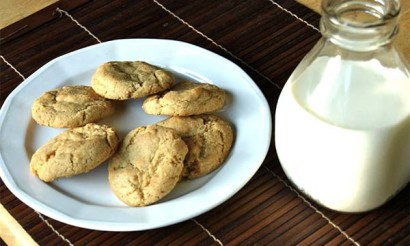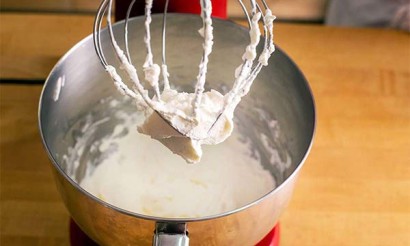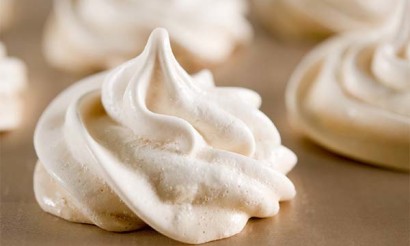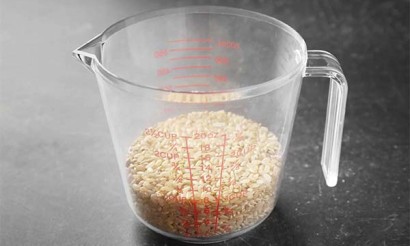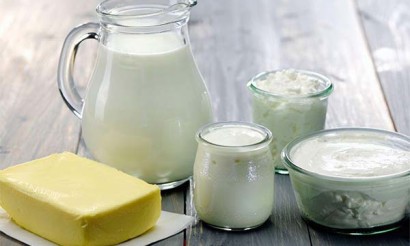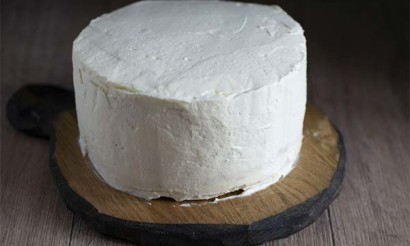What to do if the yeast dough does not rise
Probably every hostess knows how to make baked goods with yeast dough. Working with it is not difficult. However, for some reason and, more often, if the kneading technique is not followed, the dough can remain as it was - dense, with a non-uniform structure. What is the mistake? Is it possible to fix the situation without throwing the products in the trash? This is what we will talk about below.
The secrets of a good dough
To make yeast dough baked goods delicious, puffy, appetizing, you need to adhere to certain rules when kneading:
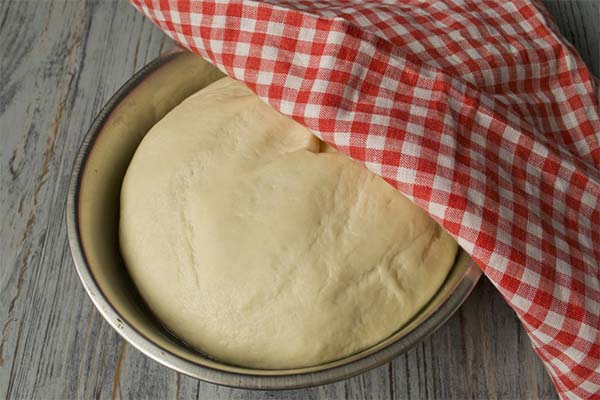
- All ingredients for the dough must be at room temperature - eggs, milk must be taken out of the fridge infectiously, and melted butter or margarine cooled.
- The dough should thaw in warmth, covered with a towel or polyethylene - an oven heated to 40 degrees or a place near a radiator with a burner on will do.
- The period of good activity of dry yeast in an open pack is 7-10 days at room temperature - this should be taken into account and do not buy large packages if you rarely use the product.
- Fresh yeast in the refrigerator can remain active for 15 days, in heat - only one day.
If yeast is past its expiration date, you will not make a good dough if you follow all the other rules. This is the most important component of the dough, so it should be stored according to the stated guidelines. Flour should be taken the highest grade, if it is planned to prepare muffins. Be sure to sift it to oxygenate it for puffy baked goods.
A good, puffy dough is obtained if it has sugar in the amount of 5% of the total amount of products. If there is too much or, on the contrary - very little, the yeast may not "work".
What are the reasons for the dough not rising
The causes may include:
- expired or low-quality yeast;
- Improper kneading technique;
- Too cold products used for kneading;
- The use of flour with a low gluten content (second grade flour, rye flour, etc.);
- lack of heat, which is necessary for the yeast to "work".
The type of yeast should also be considered - each individual type needs a certain amount of time to rise. A poor rise may indicate that you just need to wait for it to work.
When kneading dough, you should also consider additives that affect porosity and structure. For example, dried fruits, nuts, added in large quantities, can make it stiff, unable to rise. And fresh berries and fruits - on the contrary, liquefied. Therefore, when cooking, be sure to adhere to the specified grams.
How to work properly with dry yeast
It is very important to properly prepare dry yeast before kneading the dough. They can only be activated in warm water. The process is quicker if you add a little sugar. Therefore, first take the amount of yeast specified in the recipe, pour it with a small amount of warm liquid - water or milk, adding half a teaspoon of sugar. Good yeast will rise in a cap after 10 minutes. Now you can use them to knead the dough.
You should know that any (dry or raw) yeast cannot be activated in cold water. If the temperature of the liquid will be more than 30 degrees, then fermentation will slow down considerably. At higher temperatures, they will simply die. Using cold or hot water to knead yeast dough will cause baked goods to turn out rough and dry on the outside, and remain soggy on the inside.
How long does it take for the dough to rise?
Roughly 1.5-2 hours is long enough for the dough to rise, if it is kneaded with good yeast and aged in good conditions. After about an hour you will notice that the dough has risen. At the same time you need to knead the dough to release the carbon dioxide. After the second rising, it is kneaded again to restore the gluten and used immediately for baking.
If dry, quick-acting yeast is used, the time for rising the dough may be shortened. About 40 minutes after kneading, it will rise for the first kneading. The dough should then stand for another half hour and then be ready to bake.
What will make the dough rise
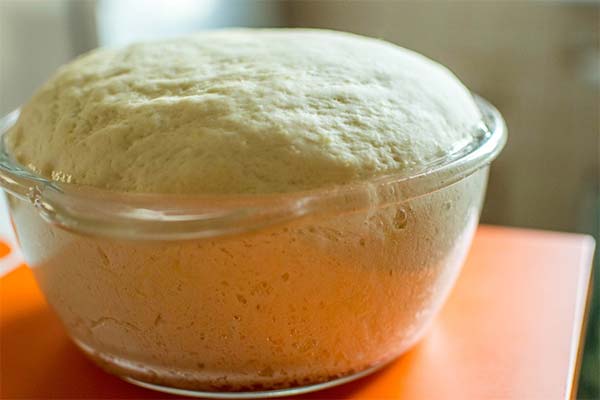
Despite all the recommendations, the dough remained dense, in its original form? Perhaps the recipe specified a low amount of yeast. Or, it's too cold in the house. You can try to remedy the situation in one of the following ways:
- Place the crock with the dough on a warm heating pad and wait for it to rise.
- Put it in a water bath for about 30 minutes until the yeast becomes active.
- Add a new portion of diluted yeast (5 grams per 100 ml of liquid) and flour, and mix everything thoroughly.
The main condition for rising is still heat and proper technique with the yeast.
What you can make if the dough could not be saved
If the dough with yeast still could not be saved, and it did not rise at all, you should not throw it away. It can also be used for baking, if you roll it out thinly. Such a knead will make:
- Armenian pita;
- pizza dough;
- chebureks;
- khachapuri.
To make lavash, the dough is rolled out thinly and baked on a hot tray until slightly browned. It can be eaten in this form or make rolls, pies, "envelopes", adding any stuffing.
For pizza, unrolled dough is also rolled out, placed on a baking tray or in a mold, making the sides, put the filling and baked. To make chebureks, the dough is divided into several parts, each of which is finely rolled out. Put stuffing on one half of the circle, close the other half and seal edges. Fry in plenty of heated vegetable oil. Not only meat and onions, but also roasted mushrooms, mashed potatoes, and grated cheese can be used for the stuffing.
Khachapuri are Georgian pies made of cottage cheese, which are baked with yeast or yeast-free kneading. Therefore, not risen dough can be used to make them. For the filling take cottage cheese, eggs, a little salt and garlic. Instead of cottage cheese, you can take grated hard cheese or a mixture of cheese and cottage cheese. Either way, the khachapuri will turn out extremely tasty.
The dough is divided into small balls, each of which is rolled out thinly. Put stuffing in the center and assemble edges in a pouch. The products are given a flat shape. Khachapuri should be the size of a small pan. Bake in a pan without butter until golden brown. Unsweetened unraised dough can be used to make something like lasagna, achma - a thin pie with a filling, strudel and even dumplings. It is possible to deep-fry the patties, for which the dough must be rolled very thin. Only if it was muffins - with eggs, milk, butter. Of course, it will not be a classic variant of cooking horseradish, however, and such cookies will turn out delicious, and the batter will not have to be thrown away.
They say that the quality of yeast dough is influenced by the state of mind of the hostess. Therefore, knead it in a good mood and, necessarily, with love. Then the pastry will turn out delicious, puffy, fragrant, with a delicious ruddy crust, regardless of the ingredients used. If time is short, and the mood and feeling leave much to be desired, then for baking with yeast it is better not to take up.
«Important: All information on this site is provided solely for introductory purposes. Before applying any recommendations, consult with a specialist. specialist. Neither the editors nor the authors are liable for any possible harm caused by materials."

